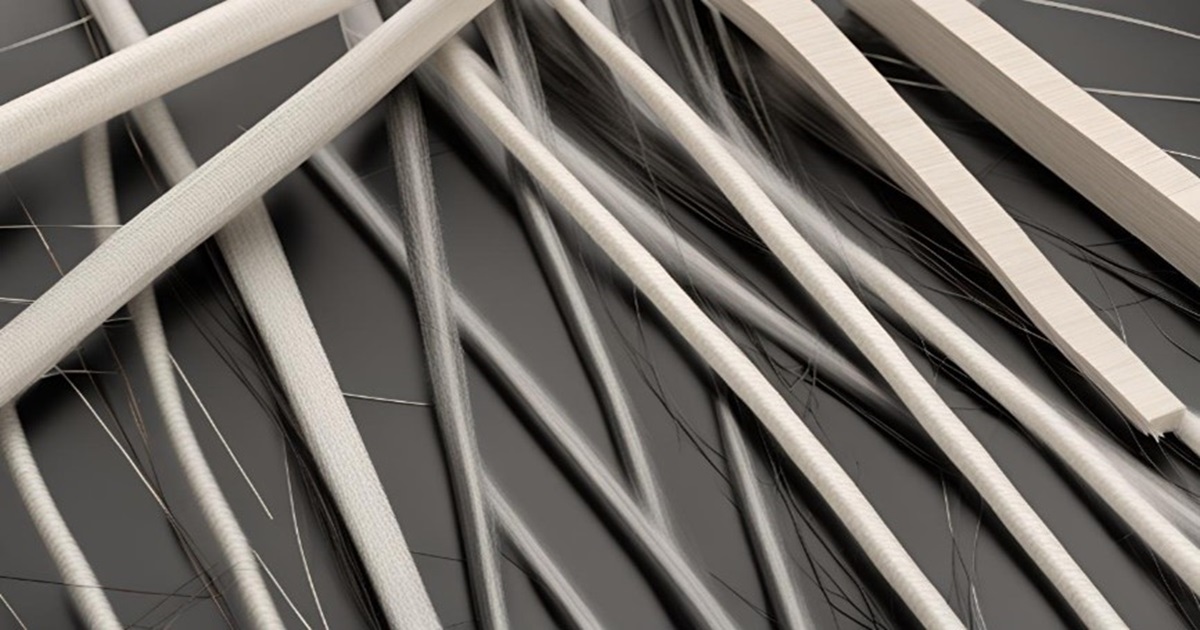Advanced Characterization of Fiber-Reinforced Composite Materials
A special issue of Materials (ISSN 1996-1944). This special issue belongs to the section "Construction and Building Materials".
Deadline for manuscript submissions: 20 December 2025 | Viewed by 4597

Special Issue Editors
Interests: characterization of composite materials; advanced cement-based materials; retrofitting and strengthening buildings with composite materials; sustainable composite materials
Special Issues, Collections and Topics in MDPI journals
Interests: biodegradable and natural polymers; biodegradation of polymers; polymeric composites and nanocomposites; mechanical behaviour of materials; thermal properties; active packaging materials; active packaging; lignocellulosic materials; circular economy
Special Issues, Collections and Topics in MDPI journals
Special Issue Information
Dear Colleagues,
This Special Issue aims to showcase cutting-edge research and innovative methodologies in the characterization of fiber-reinforced composites, which are crucial in advancing their applications in various industrial sectors. We welcome original contributions that explore the interfacial properties and the mechanical, thermal, and chemical–physical behaviors of these materials, utilizing both experimental and computational approaches.
Topics of interest include, but are not limited to, mechanical property analysis, damage mechanics, non-destructive testing (NDT) techniques, thermal analysis, and the characterization of nanocomposites. We are particularly interested in papers that present novel micromechanics models, advanced imaging techniques, and multiscale modeling approaches that provide deeper insights into the behavior and performance of fiber-reinforced composites.
This Special Issue aims to serve as a comprehensive resource for the latest advancements in the field, offering a platform for the dissemination of significant findings that can drive future research and development. We welcome submissions from academia, industry, and research institutions.
Dr. Jacopo Donnini
Dr. Francesca Luzi
Guest Editors
Manuscript Submission Information
Manuscripts should be submitted online at www.mdpi.com by registering and logging in to this website. Once you are registered, click here to go to the submission form. Manuscripts can be submitted until the deadline. All submissions that pass pre-check are peer-reviewed. Accepted papers will be published continuously in the journal (as soon as accepted) and will be listed together on the special issue website. Research articles, review articles as well as short communications are invited. For planned papers, a title and short abstract (about 250 words) can be sent to the Editorial Office for assessment.
Submitted manuscripts should not have been published previously, nor be under consideration for publication elsewhere (except conference proceedings papers). All manuscripts are thoroughly refereed through a single-blind peer-review process. A guide for authors and other relevant information for submission of manuscripts is available on the Instructions for Authors page. Materials is an international peer-reviewed open access semimonthly journal published by MDPI.
Please visit the Instructions for Authors page before submitting a manuscript. The Article Processing Charge (APC) for publication in this open access journal is 2600 CHF (Swiss Francs). Submitted papers should be well formatted and use good English. Authors may use MDPI's English editing service prior to publication or during author revisions.
Keywords
- composite materials
- advanced characterization methods
- biobased composites
- non-destructive testing (NDT)
- fiber-reinforced composites
- nanocomposites
- multiscale modeling
- sustainable composites
Benefits of Publishing in a Special Issue
- Ease of navigation: Grouping papers by topic helps scholars navigate broad scope journals more efficiently.
- Greater discoverability: Special Issues support the reach and impact of scientific research. Articles in Special Issues are more discoverable and cited more frequently.
- Expansion of research network: Special Issues facilitate connections among authors, fostering scientific collaborations.
- External promotion: Articles in Special Issues are often promoted through the journal's social media, increasing their visibility.
- Reprint: MDPI Books provides the opportunity to republish successful Special Issues in book format, both online and in print.
Further information on MDPI's Special Issue policies can be found here.







